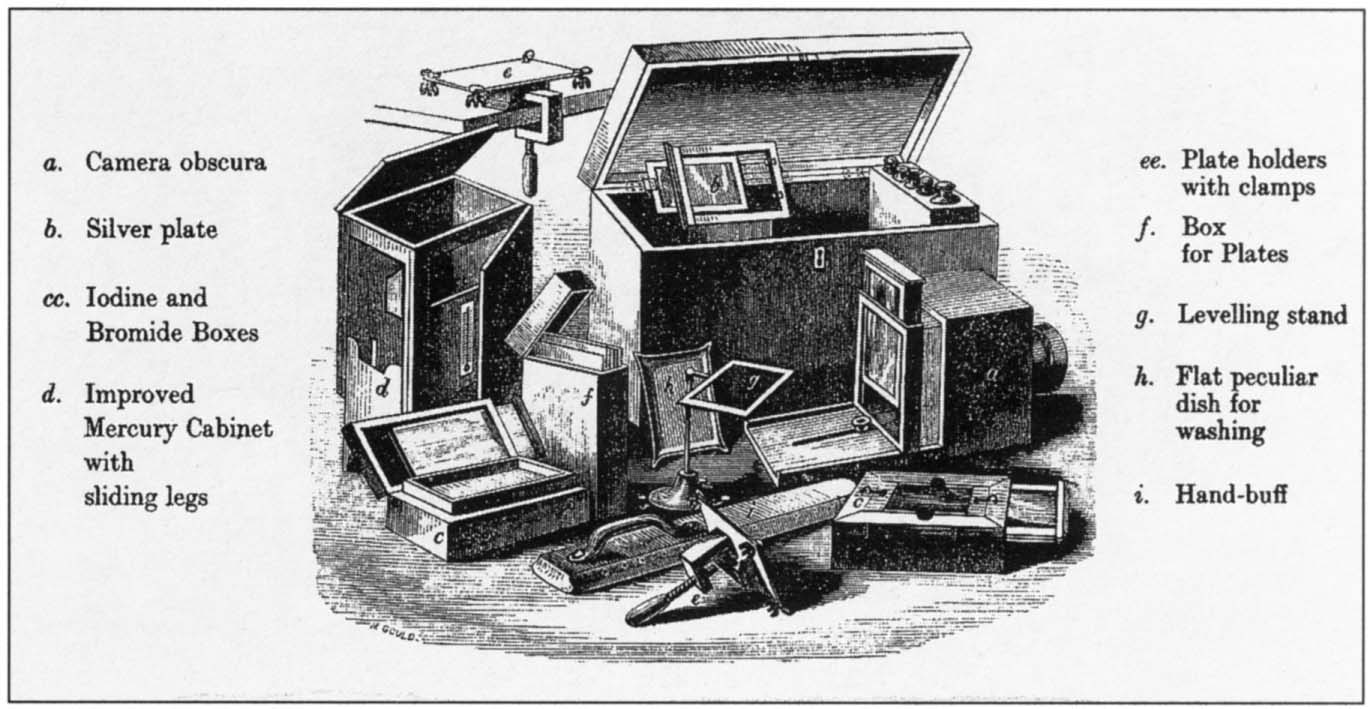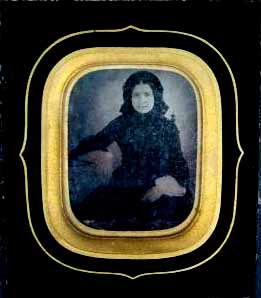 [ABOVE] Portrait of William Lane (1818-1889), taken from one of his trade tokens issued around 1860. |
William Lane was born in
Brighton in
1818, the son of Rebecca and William Lane, a fruiterer and orange
merchant of Brighton Place, Brighton. (William Lane junior was baptised
at St Nicholas' Church, Brighton, on 16th August 1818 ). In 1822,
William Lane senior is recorded as an "Orange Merchant" at 2 Brighton
Place, Brighton in Baxter's New Directory of Brighton. In Pigot & Co.'s
Sussex
Directory for 1832-34, Mrs Rebecca Lane is listed as an orange merchant
at 301/2
Brighton Place, so presumably William Lane
senior died before 1832. When Pigot's 1839 Directory was compiled,
Mrs
Rebecca Lane is still recorded as a 'Fruiterer & Greengrocer' at
Brighton Place, Brighton. At the time of the 1841 census, William Lane was working as a servant in the King's Road premises of William Henry Goodburn Mason (1810-1879), the well known Print-seller of Brighton. W. H. Mason was the publisher of the popular coloured print "The Brighton Panorama" (1833) and was later to gain attention for producing the famous coloured print of "Cricket Match played between Sussex and Kent, 1849" created by the artists William Drummond and Charles J. Basebe. The print-seller W. H. Mason was the proprietor of Brighton's Repository of Arts and exhibited engravings, lithographs, aquatints and other works of art at his business premises. During his employment with W. H. Mason, William Lane would have had regular contact with artists (Lane was living in the same household as William Drummond, the portrait painter, when the 1841 census was taken) and this might explain William Lane's later interest in picture framing and portrait photography *. On 1st January 1844 at St Nicholas' Church, Brighton, William Lane married Caroline Snelling, the twenty-three year old daughter of Robert and Sarah Snelling. Caroline Snelling, was born in Brighton in 1820 and baptised at St Nicholas' Church on 31st December of that year. Caroline's father Robert Snelling, had been a neighbour of William Lane's mother in Brighton Place, and like Mrs Rebecca Lane, he was a fruiterer and greengrocer by trade. By 1851, Robert Snelling and his wife Sarah had taken up chiropody and, in 1855, Mrs Snelling was working as a chiropodist on the Chain Pier Esplanade. A few months after their marriage, William Lane's wife Caroline gave birth to a baby daughter named Kate. (The birth of Kate Lane was registered in Brighton during the 1st Quarter of 1844). |

















